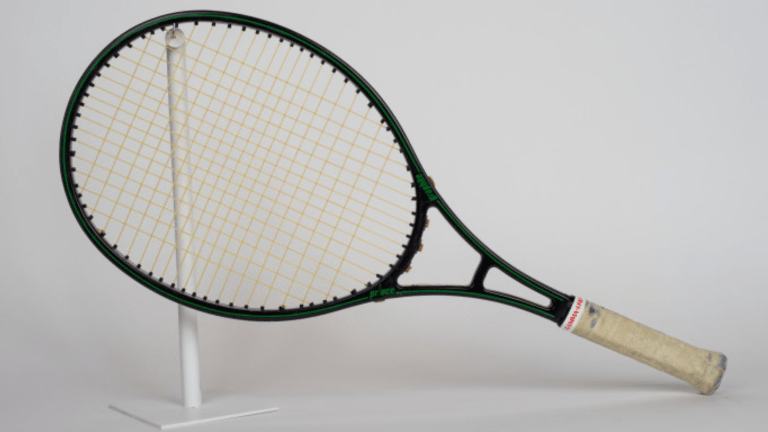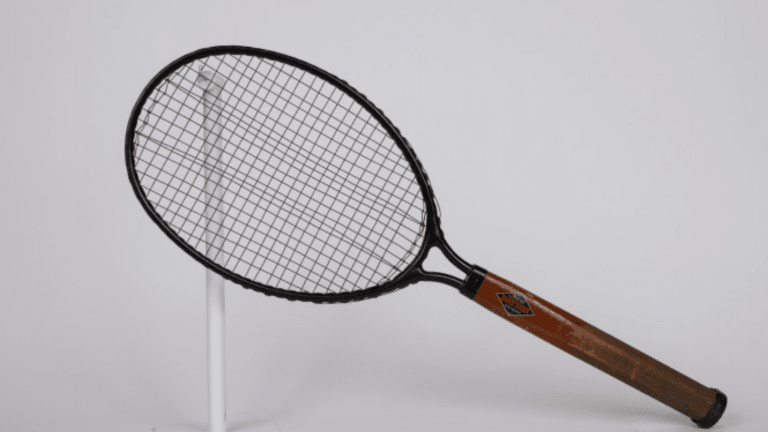Hall of Frames: Smash Hit digital exhibit a revealing look at racquets
By Nov 21, 2019Madrid, Spain
Naomi Osaka loses in Madrid, bows out to Liudmila Samsonova on clay
By Apr 25, 2024Sports on TV for Friday, April 26
By Apr 25, 2024French Open to reveal second retractable roof court at Roland Garros ahead of Olympics
By Apr 25, 2024Your Game
Geared Up: Rafael Nadal plays out his illustrious career with Babolat and Nike
By Apr 25, 2024Madrid, Spain
China's Wang Xinyu saves 10 match points in first-round Madrid win over Viktoriya Tomova
By Apr 24, 2024Pop Culture
Review: Plenty to be excited about in TopSpin 2K25, which successfully recreates the joy (and frustration) of tennis
By Apr 24, 2024Madrid, Spain
Fabian Marozsan saves 11 set points, wins pair of Madrid tie-breaks to defeat Aslan Karatsev
By Apr 24, 2024Pop Culture
Coco Gauff dishes on 'embracing adulthood' in TIME magazine's May cover story
By Apr 24, 2024Pick of the Day
Roberto Carballes Baena vs. Dominik Koepfer, Madrid
By Apr 24, 2024Hall of Frames: Smash Hit digital exhibit a revealing look at racquets
The International Tennis Hall of Fame's new digital exhibit raises the bar for tennis fans and historians.
Published Nov 21, 2019
Advertising

Hall of Frames: Smash Hit digital exhibit a revealing look at racquets
Advertising

Hall of Frames: Smash Hit digital exhibit a revealing look at racquets